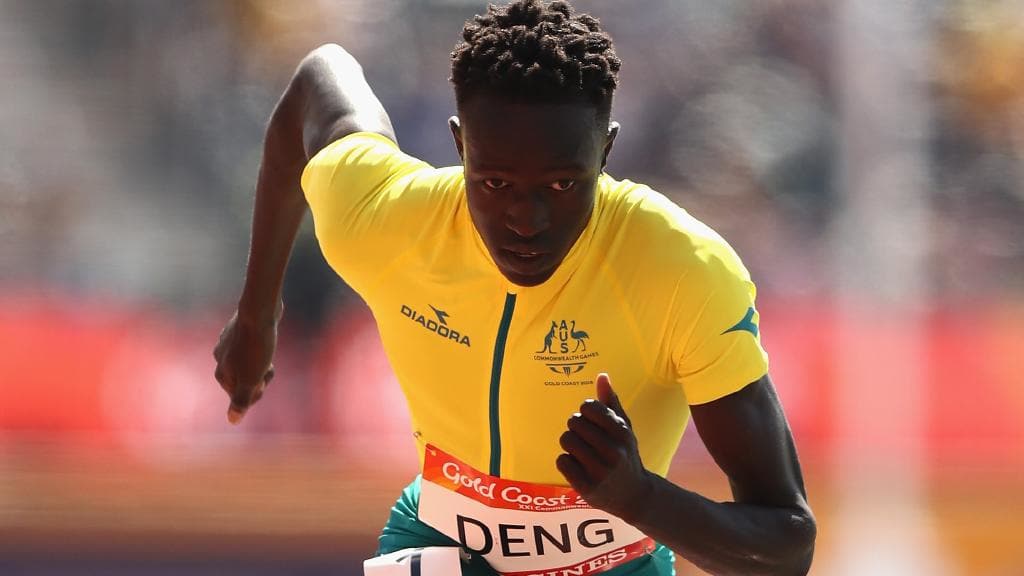By Matt Lynch
The IAAF recently released their qualifying standards for the 2019 World Track and Field Championships in Doha, taking place from September 27 to October 6. In many events the marks are harder than for the 2017 World Champs in London.
Both marathon marks are faster – from 2:19:00 to 2:16:00 for the men’s event and from 2:45:00 to 2:37:00 for the women’s. The women’s 10,000m standard is 31:50 rather than 32:15 and the women’s 1500m mark has dropped a second, to 4:06.50.
The men’s long jump standard has crept up, to 8.17m rather than 8.15m for London, but the women’s has been made a little easier at 6.72m rather than 6.75m.
Individual athletes can also qualify by being among the best ranked athletes as per the IAAF top performance lists within the respective qualification periods. This does not apply to the 10,000m, marathons and race walks where entries will be determined by entry standards only.
For the 10,000m, race walks, relays and combined events, the qualifying period spans from March 7, 2018 to September 6, 2019. For all other events, the qualifying window is September 7, 2018 to September 6, 2019.
The IAAF initially intended to implement its “World Rankings” criteria for the first time for the 2019 season, which would’ve likely made the qualifying standards more difficult than in the past as the IAAF sought to incentivize athletes to compete at events that would affect their ranking. However, the IAAF announced on November 11 that it would return to the traditional qualification system for the upcoming season.
I thought it would be interesting to compare Australia’s all-time rankings against the Doha standards to assess how many Aussies have Pb’s below the current standards. The mile is a bit deceiving as it is a rarely run event Down Under.
The below table reflects just how tough it is to qualify for many events. In the men’s 110m hurdles for example, only 2 Aussies have ever run equal or faster than the qualifying time of 13.46.


















